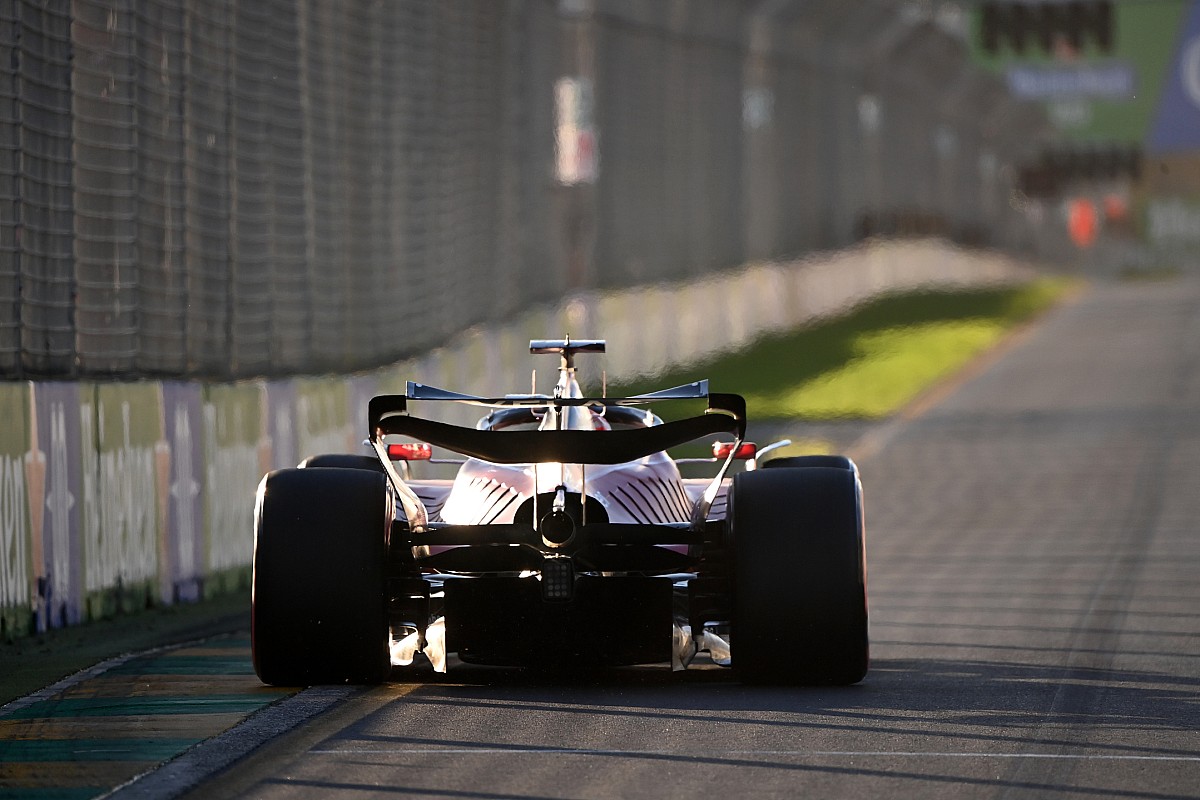Let us try and understand the concept of the DRS system in F1 as simply as possible-
In Formula 1, DRS stands for Drag Reduction System. It’s an aerodynamic feature that helps cars go faster on straights by cutting air resistance, making overtaking easier.
Now, for starters, what is the beginners’ idea behind the DRS
Every F1 car has a rear wing that creates downforce, pressing the car to the track for better grip in corners.
But that same downforce also creates drag, which slows the car down on straights.
DRS fixes that.
When a driver activates DRS, a flap on the rear wing opens, reducing drag and giving the car a speed boost — usually around 10–12 km/h faster.
When Can Drivers Use DRS?
Drivers can’t just use DRS whenever they want — the FIA sets strict rules:
Activation Zones: Each track has specific DRS zones (usually 1–3). DRS can only be used there.
Detection Point: A sensor checks the gap between two cars.
If a driver is within one second of the car ahead at that point, they can use DRS in the next zone.
Also Read | F1 Driver With Most Championships
Restrictions
DRS is only available from lap 3 onward in a race.
It’s disabled in wet conditions for safety.
It closes automatically when the driver brakes or leaves the DRS zone.
The Impact of DRS
Faster on straights- leads to- easier overtakes.
That said, on the other hand, less downforce → trickier control if used too soon after a corner.
Is there a thing as Tactical advantage: Yes. And yes!
Teams and drivers use DRS smartly to attack, defend, and plan race strategies.

